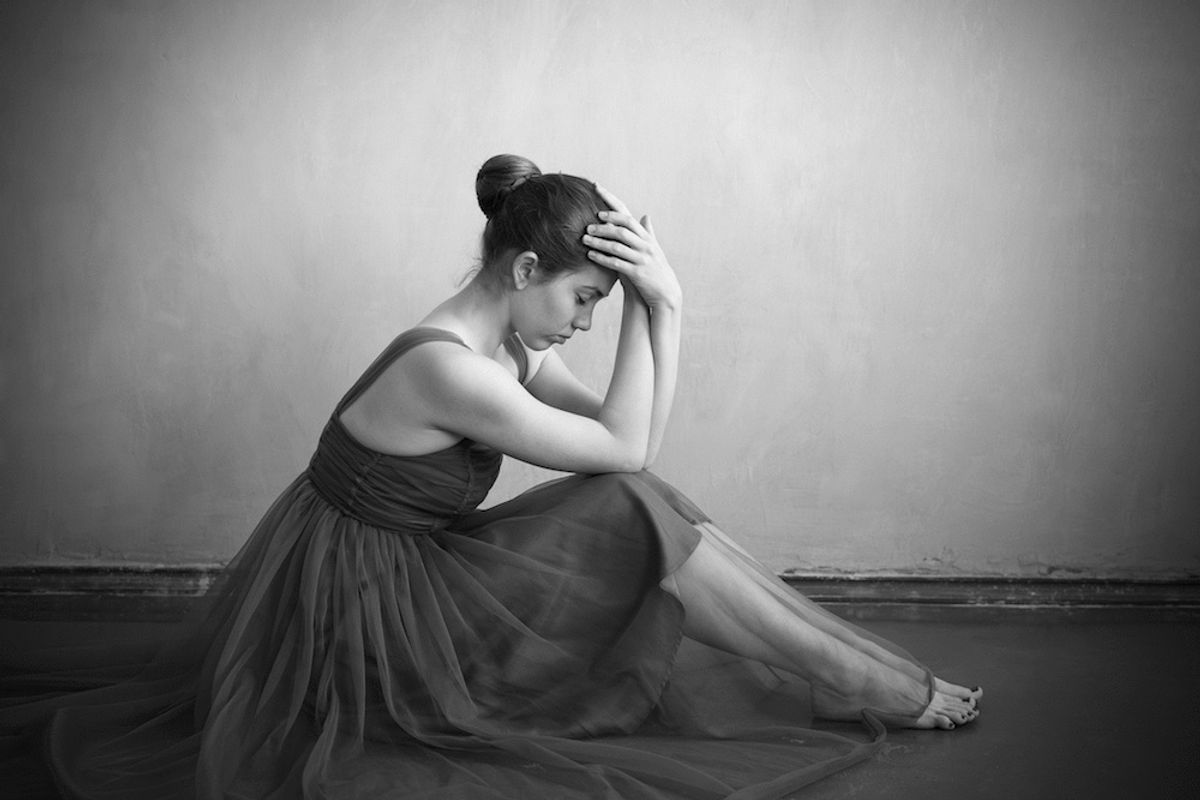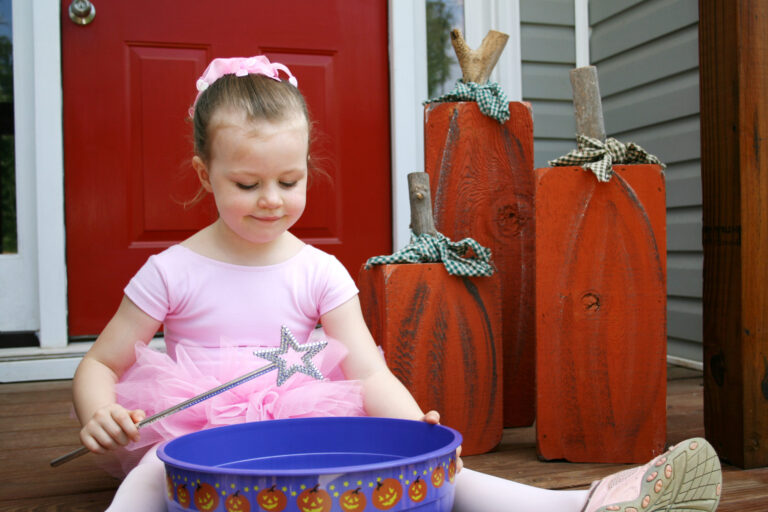
It’s time to talk seriously about safety in dance education. As the physical and psychological demands put on student dancers escalates—thanks to competitions, social media and ever-evolving choreography—there is a pressing need to consider how we can successfully safeguard young dancers.
In the wake of the #MeToo movement, we’ve heard numerous accounts of unethical, dangerous and appalling practices at dance institutions around the world. Stories of abuse at major dance schools draw media attention and they shake our community to its core.
Old enough to remember less-sensitive times, I’m not surprised to learn that dancers somewhere are being treated badly by people in power. When I was a young child, a dance teacher once threw a chair in rehearsal—not really at anyone, but at the floor in utter frustration with our inability to meet her expectations. Other teachers slapped legs, dragged children by the arm, yelled, shamed or ignored their charges. Fortunately, most of the young people I now teach could not imagine such outbursts or indignities in the studio. Most teachers these days hold themselves to the high standards of discipline and professionalism that the dance world generally values, though there are still those who have not embraced the culture shift.
However, the dangers for young people in dance are not limited to outright abuse. Dance is inherently a high-risk activity because in pushing the boundaries of our human capacity, physically and emotionally, we sometimes discover rewarding artistic results. This reality can encourage students, teachers and even parents to engage in dangerous behaviors in the name of excellence, or more so lately, winning.
From my niche in dance science, I am regularly both impressed by the ways that dance training has improved and horrified by the stories I still hear—stories of students jumping all day on cement floors, being physically pressed into over-splits, dancing for 20-plus hours in one weekend, only to return on Monday to a full week of stressful school days followed by nightly dance classes. For the record, from a health perspective, none of these examples are safe or appropriate for young people, no matter how common they are. If they seem worth it in the short term, know that in the long run, these strategies render young dancers vulnerable to serious injury, illness, burnout and a range of mental health issues.
So who is the driving force behind these and other persistent, unsafe practices? I believe it varies depending on the situation. I am aware that students see things on Instagram and they want it, now! I know that many teachers sense that young dancers are not generally interested in the slow steady progress that past generations sweated through. I know that parents, too, can contribute to the pressure. And I certainly know that competitions and conventions profit from an industry that pushes young people beyond their reasonable limits. But as a dance educator, it is the motivation of my colleagues that interests me.
What can be done to ensure that dance teachers keep students safe while simultaneously challenging them to reach new heights in their dancing? Is it an issue of information? Do we need more resources devoted to clarifying safe practice? Do we need standards and regulations, which both assure that all teachers have a basic knowledge of safe practice and help teachers defend these strategies when parents and students pressure them to do more? Do we need to take an ethical oath to do no harm so that in the heat of our artistic and competitive passions, we don’t forget that compromising a student’s safety is NEVER worth it? I’m inclined to think that all of these are important, but there are currently no industry-wide safety regulations, no governing authorities for dance and no certifying exams required to become a dance studio owner or teacher. Perhaps it’s time for that to change.
I am quick to defend dance teachers to my students and peers. I understand that teaching dance is an imperfect, challenging craft. I know that dance cannot be taught perfectly from A to Z; that students need to sometimes make mistakes and find their own way out of them in order to grow. I want dance to be an exciting and rigorous experience for young people, and I believe that most teachers genuinely care deeply about their students and want all the best experiences and outcomes for them. But I hear too many stories of unreasonable training practices to turn a blind eye. We all need to have a meaningful talk about maintaining student safety in dance training, and I’m eager to get the conversation started.
For more information about safe dance practice:
International Association of Dance Medicine and Science (IADMS)
Dance/USA Task Force on Dancer Health



